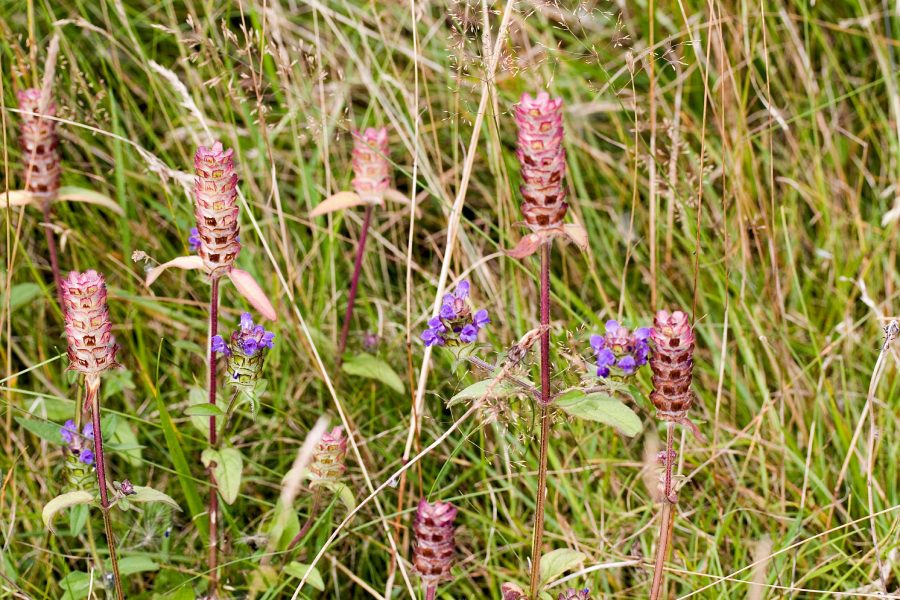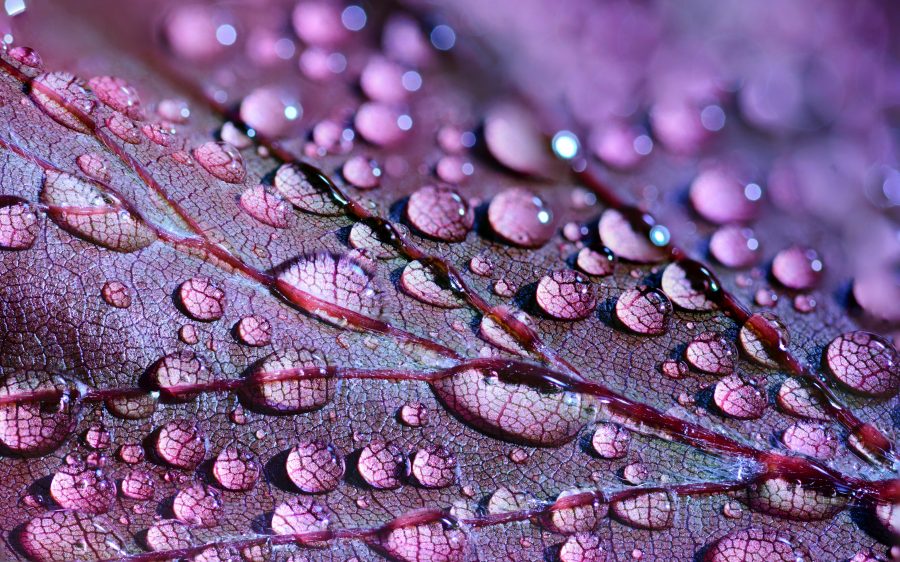Zedoary, commonly known as white turmeric, has been a staple in treating fungal conditions, especially resistant mycoses. It’s not just a wonderful healing herb, but it’s also used for culinary purposes and perfumery as the starches that comprise zedoary are readily digested and its essential oil gives off a powerful fragrance. It’s often used for treating gastrointestinal disorders – spasms, indigestion, flatulence, hyperacidity, ulcers, lack of appetite. Zedoary also finds application in treating colds, asthma, coughs, skin disorders, urinary tract infections, ulcers, hyperacidity. It seems to be a good source of hydration for the skin. Zedoary regulates body temperature. It protects you from cancer, hypercholesterolemia and lipid disorders. It is said to purify blood and strengthen uterine muscles. Its external use is perfect for treating wounds.
Tag: hepatoprotective

Self-heal is a very versatile and safe herb that definitely deserves your attention. It’s one of the staples of traditional Chinese medicine and for a good reason. However, it doesn’t predominantly grow in Asia, chances are you could encounter this herb in Europe and North America as well. The flower spikes are mainly used to treat a variety of conditions in folk medicine.


Punarnava (Boerhavia diffusa is one of the wonders of Ayuverdic medicine. It is often associated with its rasayan (longevity promoting) properties. However, this herb is not just a staple of Indian medicine. Chances are you could find it in the Americas, Africa and some other countries of Asia. This plant displays shows a lot of promise as its properties are not yet fully researched. Root of this plant is the most commonly used part of the plant, however leaves, stems and seeds are also medicinal, but most likely not readily purchasable. Leaves of punarnava have been shown to possess potent antidiabetic effects, decreasing blood sugar and activity of hepatic gluconeogenic enzymes, potentially regenerating ß-cells of pancreas and providing overall support. They are also known to be fairly good antioxidants (increasing levels of SOD, GSH, CAT and GPx).


Honeysuckle flower (Lonicera japonica, Flos Lonicerae Japonicae, Chinese: 銀花, Pinyin: Jin Yin Hua)
Japanese honeysuckle is an invasive vine that is predominantly found in Asia, but you can find it in other parts of the world due to its invasive nature. Chances are you could find at least one species of honeysuckle in the country you live in. Do be careful as I don’t know whether all of them have medicinal benefits.
The flowers of this plant are quite rare as there are not that many present on the plant and they shrink upon drying. That’s why you can expect the price of this herb to be somewhere between 3-6 USD per 50 g/1.76 oz.

Honeysuckle flowers are a staple of Chinese medicine, not to mention they are very well-researched and edible. Don’t confuse it with Ren Dong Teng (Caulis Lonicerae), which is the stem of the japanese honeysuckle.

